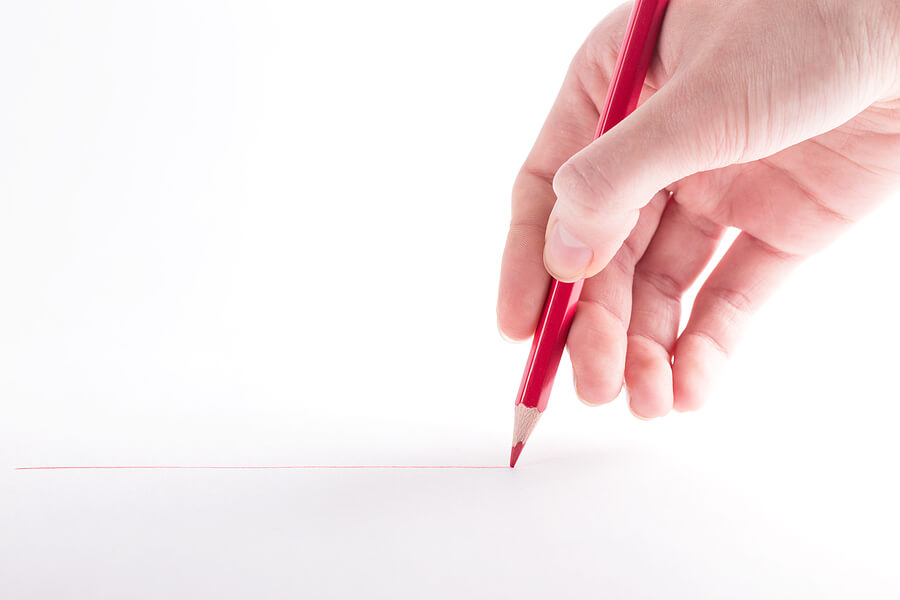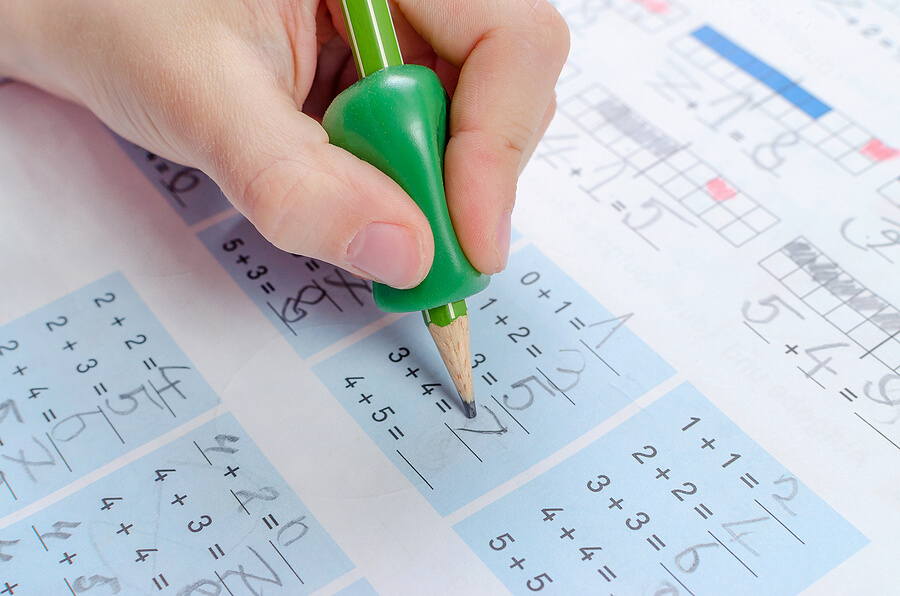Japanese artists and master craftsmen are renown world-wide for their…
When to use a pen grip
Using a pen or pencil grip is an excellent way to help improve your pencil grasp and handwriting.
Both adults and children can use pen grips. A pencil grip teaches the child how to correctly hold a pen and form neater letters in the early years. Adults may use a pen grip to prevent writing injuries and stop callouses from forming.
There are also several pen grips to choose from, such as pens and pencils with ergonomic designs and removable pen grips that are easily transferred between writing tools.
Discover when to use a pen grip and find the correct type.
What is a good pen grasp?
Before deciding whether or not to use a pen grip, you need to analyse your or your child’s pencil grasp.
A functional pencil grasp, often known as the dynamic tripod grasp, involves holding the pencil between the tips of the thumb, index and middle fingers. The index finger controls the pen’s movement, while the thumb and middle fingers help with directional control. The pencil movement comes from the fingers, reducing pressure on the wrist.
There are some variations on this grasp. However, most handwriting experts believe this grip to be the most effective for forming neat letters, limiting wrist and arm strain, and moving the hand across the page.
When to use a pen or pencil grip

With adequate teaching and practice, children will likely reach a functional grasp without a pen grip. It’s important to note that younger children usually undergo a series of immature grips as they learn to write correctly. This sequence will progress as their pencil grasp matures until they reach a comfortable writing grip they’ll adopt for the rest of adulthood.
You should only consider using a pencil grip for children if they struggle with handwriting techniques or have developmental delays.
If your child is from the age of seven and upwards yet is still holding the pencil with their whole hand (palmer pencil grasp), a pen grip could encourage an adjustment of style. Their fine motor skills are not yet fully developed, and they may need more support to advance their hand and finger control.
You may also wish to try a children’s pencil grip if they hold the pencil with their fingers but struggle to use the correct ones. An ergonomic pencil grip encourages the child to place the correct fingers on the pen or pencil, improving their grasp and handwriting.
Pencil grips for adults
Sometimes, an adult will also require a pen grip, especially if their job involves a lot of handwriting or their health declines.
Pen grips for arthritis, writer’s cramps, callouses, and other writing syndromes provide a more comfortable way to write and hold the pen. Grips help to alleviate writing fatigue with a cushioning material or ergonomic design.
Monitoring the pencil grip

It’s crucial to monitor your child’s progress with a pencil grip. Not every pen grip style will suit everyone, and your child may not always use the pen grip correctly.
You should also regularly check to see if your child has improved their grasp and handwriting without the aid of a pencil grip. They should aim to write neatly and comfortably with a regular pen or pencil without relying on additional writing features.
To ensure progress, make sure that:
- The pencil grip is in the correct position, and your child hasn’t moved it out of their way.
- The correct fingers are on the grip.
- The child’s grasp is developing, regularly testing this with and without the grip.
- The child is comfortable with the pen grip. Ask your child if their fingers or wrist hurt when using the grip.
- The child’s handwriting is improving over time.
- The child’s writing speed has increased as their grasp improves.
Best grip pens
Choosing a comfortable grip pen or pencil is easy at The Pen Company. With several styles of handwriting and school pens to choose from, improving your lettering and encouraging a proper grasp is a fun and seamless process. Check out our favourite pen grips for handwriting and pencil grasp below.
Pelikan Griffix Mechanical Pencil
The Pelikan Griffix Mechanical Pencil features an ergonomic pencil design that makes writing comfortable while promoting correct pencil grip. We especially love the colour design and the choice of either a right or left-handed pencil.
Schneider Base Senso Rollerball Pen
With a warning light that illuminates when too much pressure is applied, the Base Senso Rollerball Pen by Schneider is easily one of the most comfortable pens to use. Great for early learners, this pen is also ideal for adults with writer’s cramps looking to adjust their grip and monitor pen pressure.
Kaweco Perkeo Fountain Pen
Who said fountain pens are tricky to write with? The Kaweco Perkeo Fountain Pen makes it easy to get started writing with a fountain pen, with an ergonomic design and thick diameter. Perfect for practising cursive lettering or taking your first steps into fountain pen calligraphy.
Staedtler Triplus Fineliner
The Staedtler Triplus Fineliner pen comes in over 30 different colours, making it ideal for artists who want to reduce wrist strain and adjust their pen grip. The pen features an ergonomic triangular-based grip, making it comfortable to grasp.
Kaweco Perkeo Rollerball Pen
The all-over black finish and stylish design of the Kaweco Perkeo Rollerball Pen make it perfect for adults with writing syndromes or older kids who need handwriting help but don’t want to stand out with a colourful pen. The pen has a 16-sided barrel and a robust, ergonomic design to improve your pen grasp.



